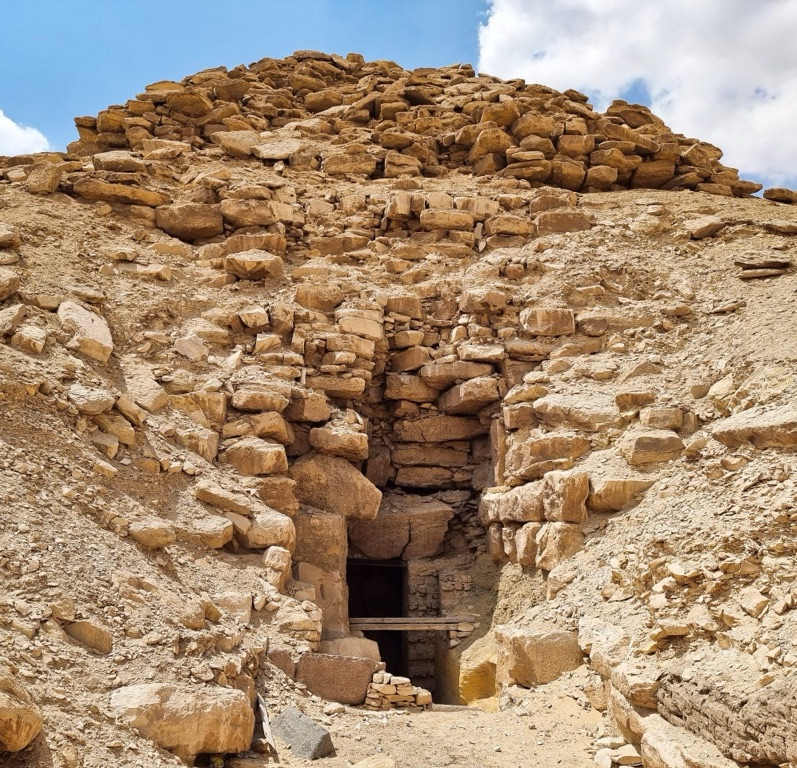The Pyramid of Userkaf is an ancient structure located in Saqqara, Egypt. It was built during the 5th dynasty of the Old Kingdom of Egypt, around 2490 BC, for the Pharaoh Userkaf, the founder of the 5th dynasty. The pyramid is notable for its unique design, being the first to incorporate a number of architectural innovations. Despite its historical significance, much about the pyramid remains a mystery, with ongoing archaeological research seeking to uncover more about its construction, use, and the reign of Pharaoh Userkaf.
Get your dose of History via Email
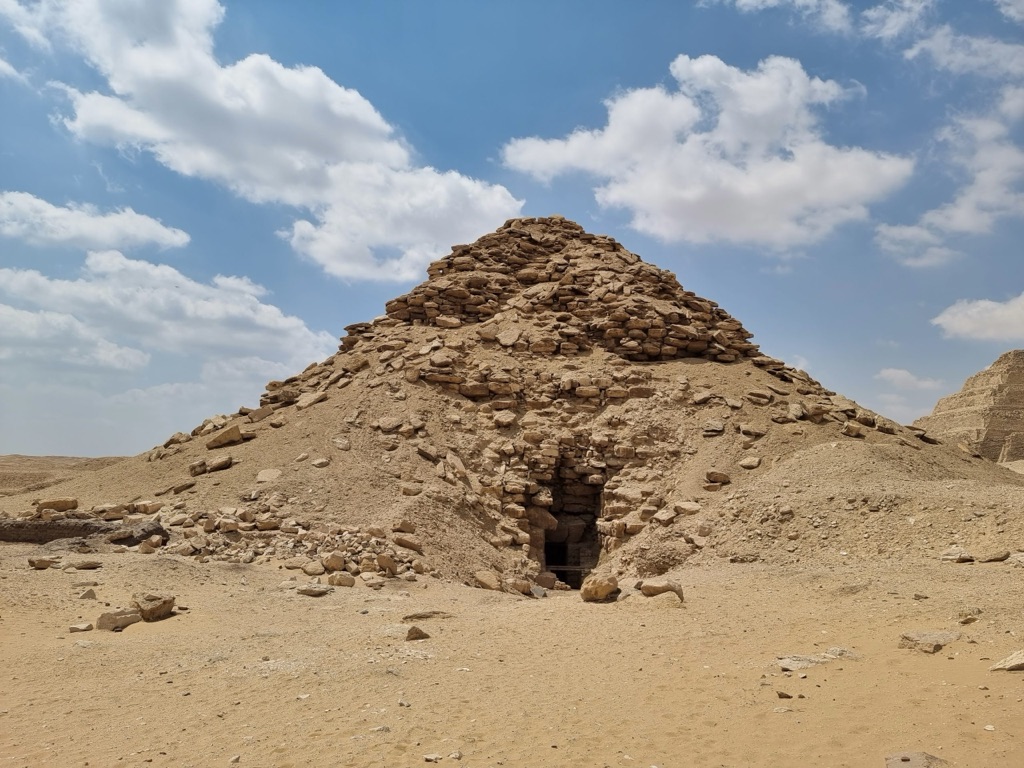
What are some of the key architectural features and discoveries made at the Pyramid of Userkaf?
The Pyramid of Userkaf is known for its unique design and the architectural innovations it introduced. The pyramid was the first to incorporate a mortuary temple on its east side, a feature that would become standard in later pyramid designs. This temple was connected to a valley temple by a causeway, another innovation that would be adopted in future pyramid complexes.
Excavations at the pyramid have uncovered a number of significant artifacts. These include a series of bas-reliefs depicting scenes of daily life and religious rituals, as well as inscriptions detailing the roles and titles of officials involved in the pyramid’s construction. However, much of the pyramid’s interior remains unexplored, with archaeologists hopeful that future excavations will yield further discoveries.
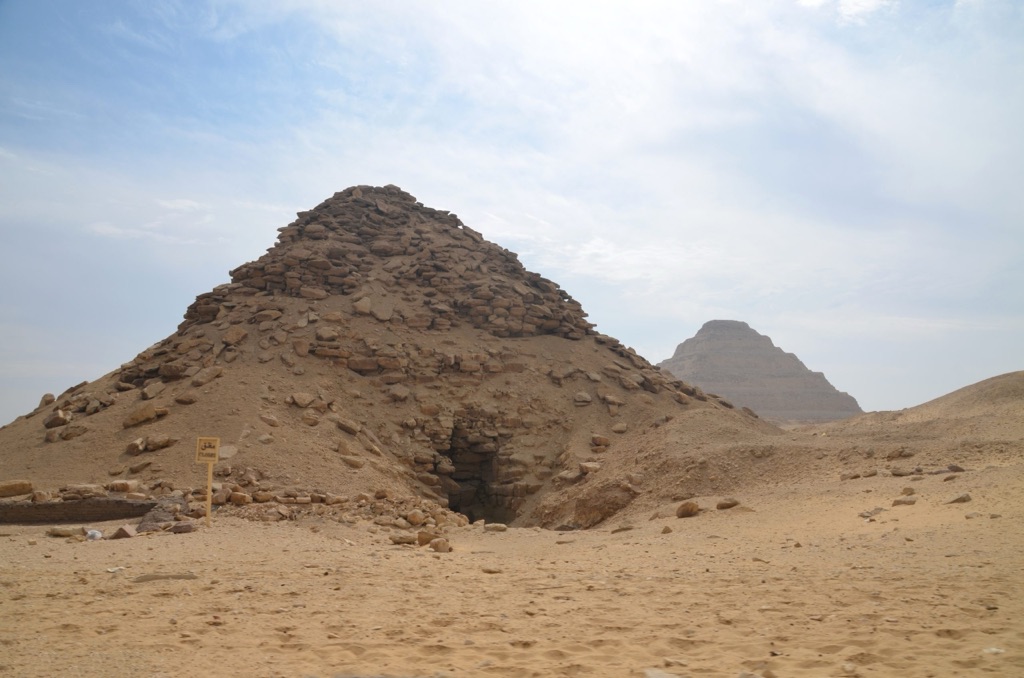
What is the historical significance of the Pyramid of Userkaf and what does it tell us about the reign of Pharaoh Userkaf?
The Pyramid of Userkaf holds significant historical importance as it marks the beginning of the 5th dynasty, a period of significant cultural and political change in ancient Egypt. The pyramid’s innovative design reflects the changing religious beliefs of the time, with the incorporation of a mortuary temple and causeway suggesting a shift towards sun worship.
The reign of Pharaoh Userkaf, as suggested by the pyramid, was a time of significant architectural innovation. The pyramid’s design, along with inscriptions found within, suggest that Userkaf had a strong interest in architecture and religious reform. However, much about Userkaf’s reign remains unknown, with the pyramid serving as one of the few sources of information on this period of Egyptian history.
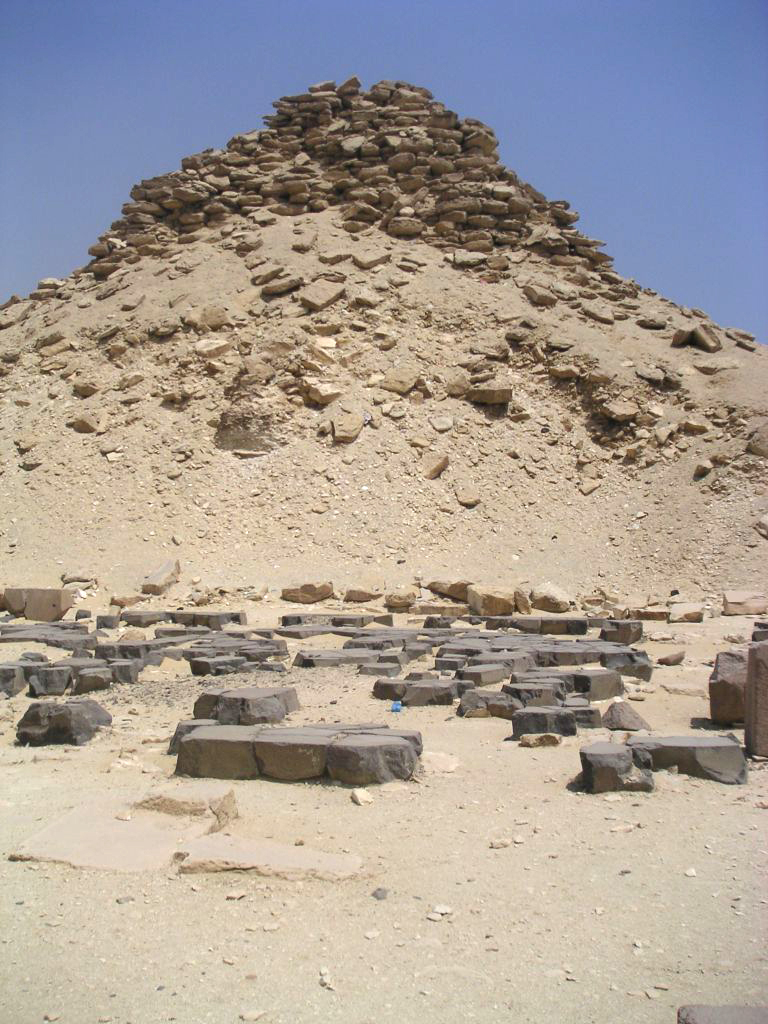
What are some of the key architectural features and discoveries made at the Pyramid of Userkaf?
The Pyramid of Userkaf, despite its ruined state, is an architectural marvel of the Old Kingdom. The pyramid complex, apart from the main pyramid, included a mortuary temple, a valley temple, and a causeway. The mortuary temple, located on the east side of the pyramid, was an innovation that became a standard feature in later pyramid complexes.
The pyramid itself was built using a core of rough-hewn local limestone, encased in fine white limestone. However, much of the casing stones have been removed over the centuries, leaving the pyramid in its current stepped appearance. Despite this, the pyramid remains a testament to the architectural prowess of the ancient Egyptians.
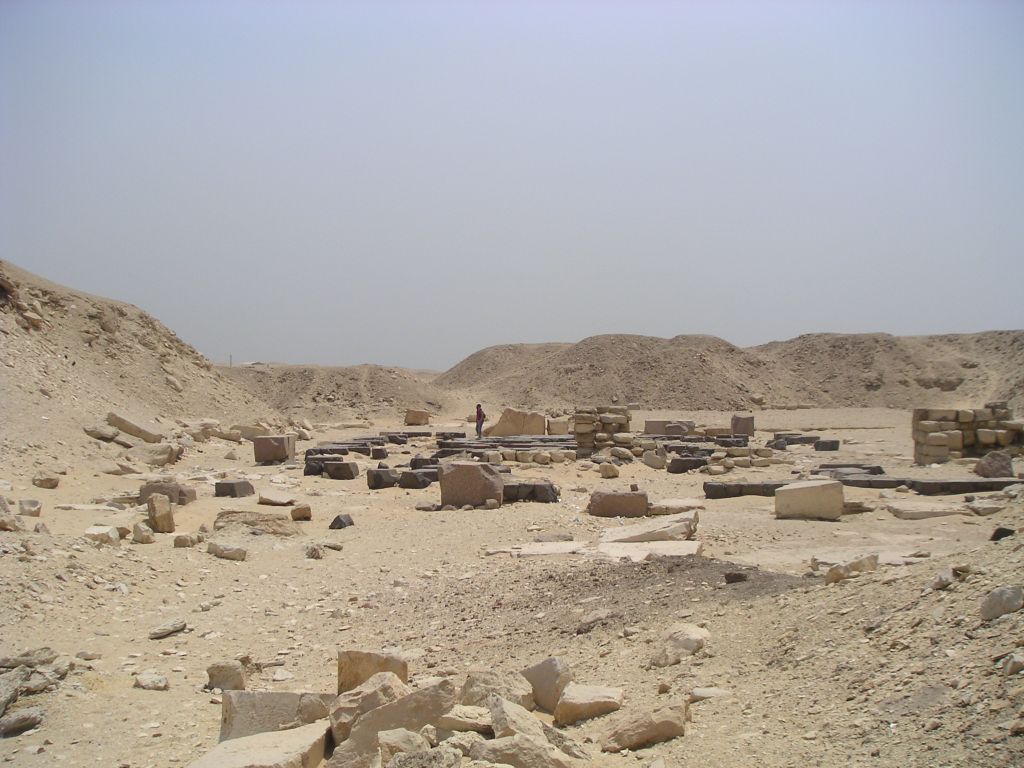
What is the historical significance of the Pyramid of Userkaf and what does it tell us about the reign of Pharaoh Userkaf?
The Pyramid of Userkaf is not just an architectural monument, but also a historical document that provides insights into the reign of Pharaoh Userkaf. The pyramid complex, with its mortuary temple and causeway, indicates a shift in religious practices, possibly towards sun worship, which became prominent during the 5th dynasty.
Inscriptions found within the pyramid provide valuable information about the officials involved in its construction, suggesting a well-organized bureaucracy during Userkaf’s reign. The reign of Userkaf, as depicted by the pyramid, was a period of religious and architectural innovation, setting the stage for the later developments of the 5th dynasty.
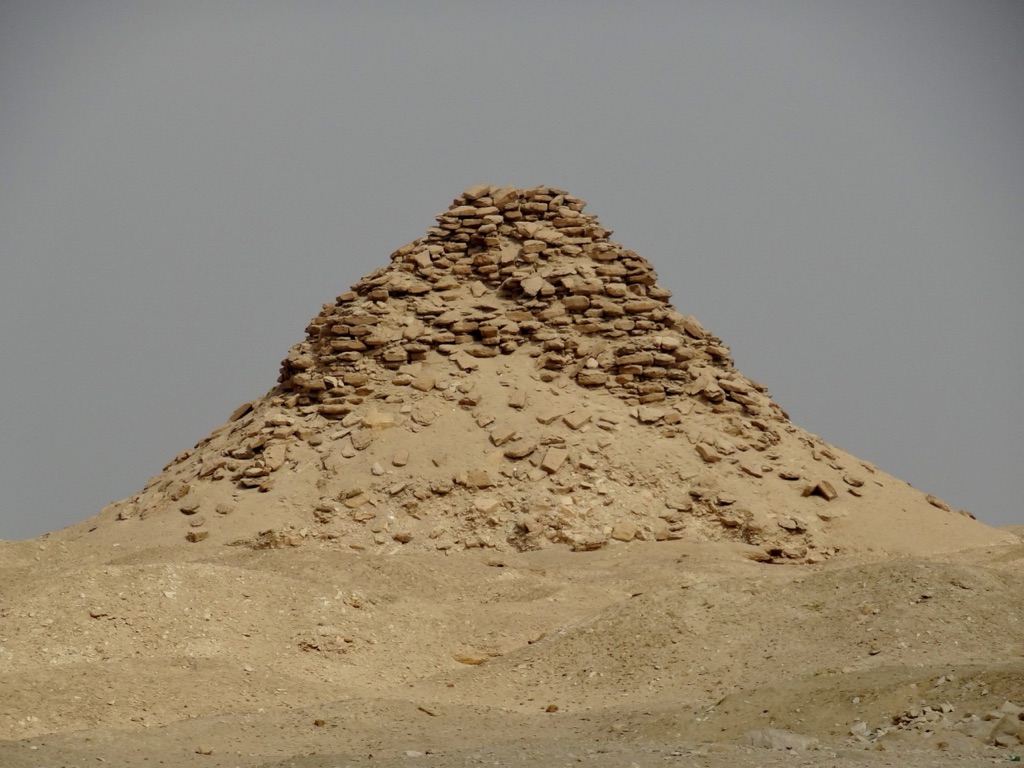
What is known about the construction techniques and materials used in the building of the Pyramid of Userkaf?
The Pyramid of Userkaf was constructed using a combination of local limestone and fine white limestone for the casing. The core of the pyramid was made from rough-hewn blocks of local limestone, while the casing was made from fine white limestone, giving the pyramid a gleaming appearance in its original state.
The construction techniques used in the building of the pyramid were advanced for the time. The blocks were precisely cut and fitted together using a form of mortar. The use of a mortuary temple and causeway in the pyramid complex required complex planning and engineering skills, demonstrating the advanced architectural knowledge of the ancient Egyptians.
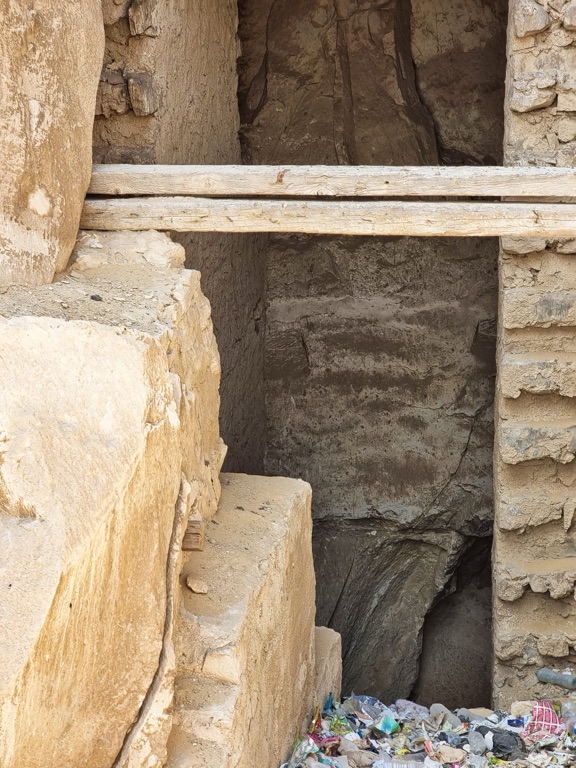
Conclusion and Sources
The Pyramid of Userkaf is a significant historical and architectural monument from the Old Kingdom of Egypt. Its unique design and the discoveries made within provide valuable insights into the reign of Pharaoh Userkaf and the cultural and religious practices of the time. However, much about the pyramid and the period it represents remains a mystery, with ongoing archaeological research seeking to uncover more about this fascinating period of Egyptian history.
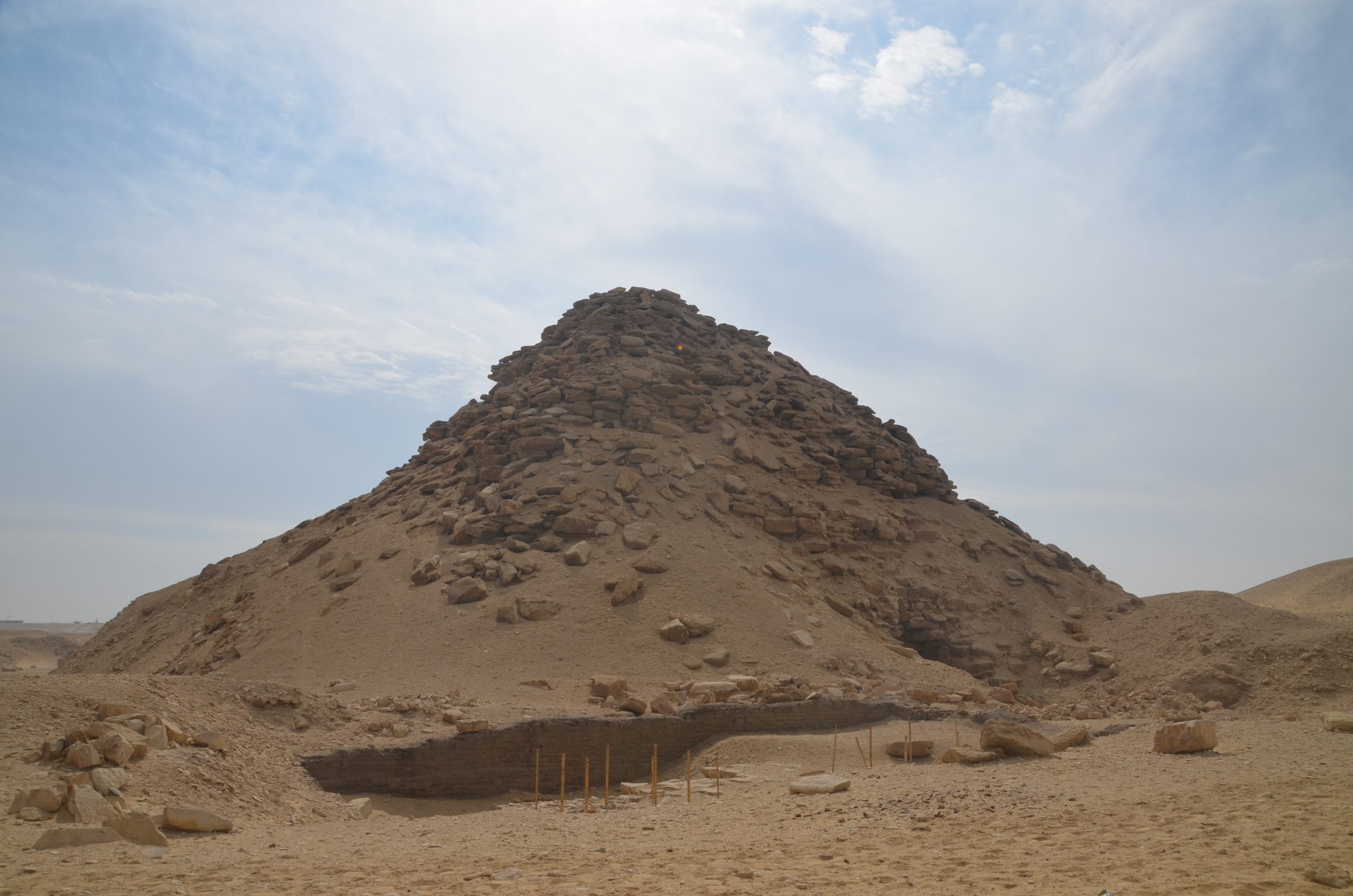
For further reading and to verify the information provided, the following sources are recommended:

